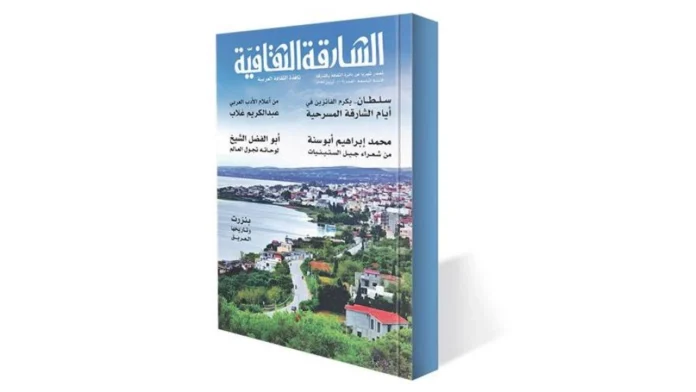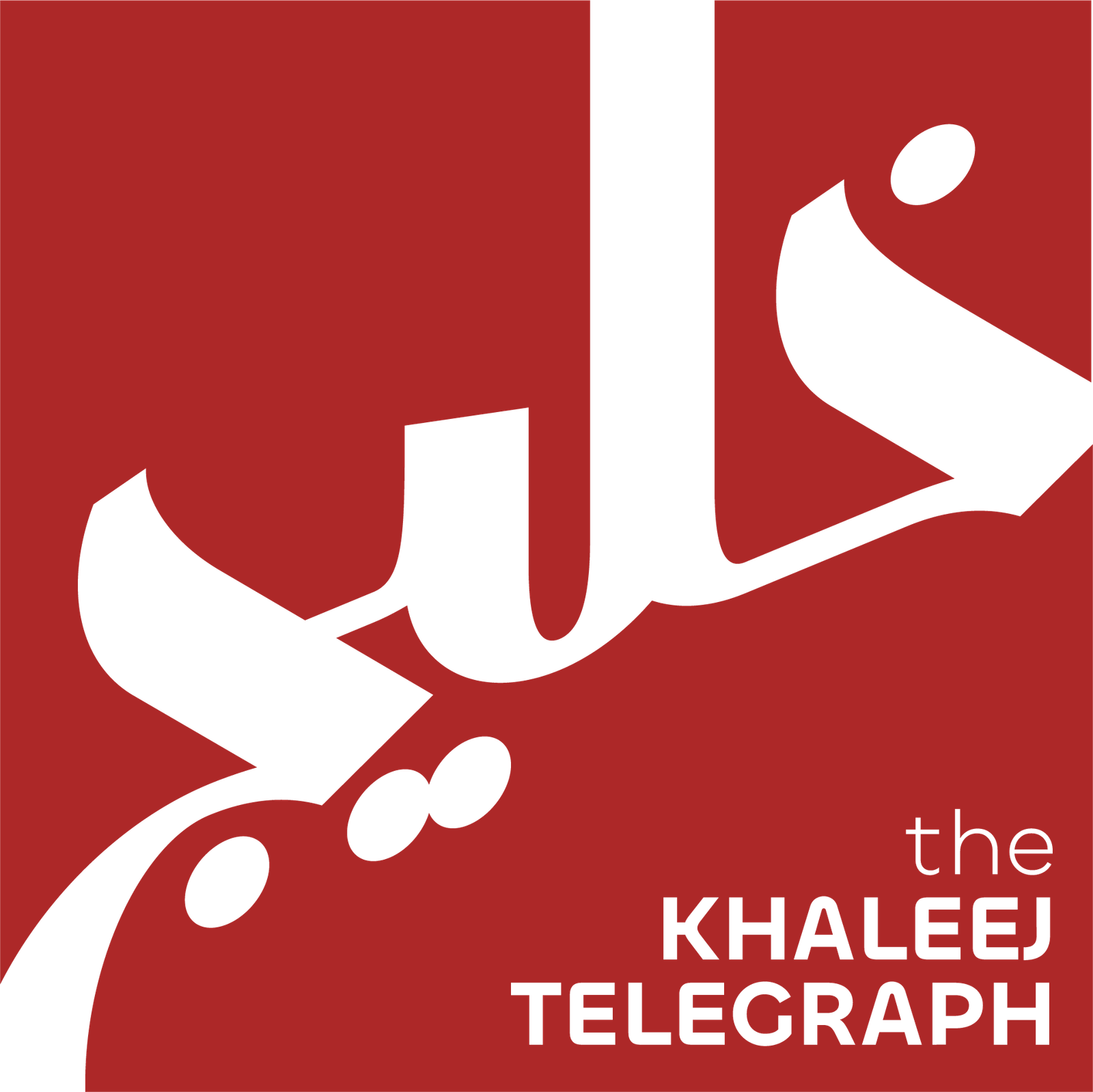Sharjah Cultural Magazine recently published its 102nd issue for April 2025. The issue includes articles, essays, and interviews focused on literature, theatre, cinema, art, and intellectual discussions.
In its editorial, “Sharjah Theatre Days: A Model of Development and Creativity,” the magazine highlights the event’s significance. It states that Sharjah Theatre Days are more than a competition; they offer a comprehensive theatrical experience. Since its inception, the event has nurtured talents in directing, acting, and writing. Additionally, it has built a loyal audience that contributes actively to the local theatre scene.
Managing Editor Nawaf Younes noted, “Sharjah Cultural Magazine has attracted many literary and journalistic talents. It provided them space to share experiences and connect with readers. We realized early on that such dialogue bridges the gap created by rapid social changes.”
This issue features numerous in-depth articles. Jawad Amer explores the legacy of renowned Moroccan writer Abdelkarim Ghallab. Yasser Abdul Salam highlights African cultural centers dedicated to heritage preservation. Khawla Belhamra profiles the historic city of Bizerte in Tunisia. Amal Kamel visits the scenic Lebanese town of Deir Al Ahmar.
The literature section includes contributions from notable authors such as Walid Ramadan, Amira El-Meleigy, and Mazen Helmy. Dr. Aziz Baazi, Nabil Safia, and Badran Al-Mukhalaf also contribute to this section. Adel Al-Battousi analyzes the narrative style of Nobel Prize winner Han Kang.
The arts section features diverse topics. Abdul Aleem Haris reports on Sheikh Dr. Sultan bin Muhammad Al Qasimi’s attendance at Sharjah Theatre Days. Hassan bin Mohammed honors distinguished Arab actor Asaad Fadda. Mohammed Al-Ameri reviews ceramic artist Mahdi Qreia’s innovative style. Mohamed Hussein Talbi highlights the influence of painter Tahar Ouamane. Ahmad Selim Awad discusses Alphonse Dinet’s desert-themed artworks, while Yasmine Alaaeldin explores artist Abu Al-Fadl Al-Sheikh’s international exhibitions.
In literature and film, Azzedine Al-Aswani reflects on Yahya Al-Taher Abdullah’s novel “The Collar and the Bracelet.” Osama Assal reviews the Oscar-nominated film “I Am Still Here.”
Book reviews and new publications receive special attention. Notable reviews include Murad Al-Khatibi’s “A Month in Andalusia,” analyzed by Dr. Maha Ben Said. Thoria Abdel Badi examines the role of AI in “Diaa and the Crown of Light.” Eman Mohammed Ahmed discusses contemporary Arabic poetry. The section also reviews the impact of Paris on Arab cultural renaissance and explores the importance of place in Arabic novels.
The issue includes essays by leading intellectuals, such as Dr. Mohamed Saber Arab, Mustafa Abdullah, and Etidal Osman. Additional contributions come from Dr. Hatem Al-Sakr, Fatima Ziyadi, Dr. Nafisa Al-Zaki, Dr. Nadda Ahmed, and Nabil Suleiman, among others.
Finally, the issue features short stories and translations from various Arab literary figures. Contributors include Abdullah Zamzaki, Dr. Mahmoud Al-Dabaa, Samer Anwar Al-Shamali, and Hassouna Al-Mosbahi. Stories by Nisreen Al-Bakhshonji, Hamada Abdel Latif, Abdel Razzaq Ismail, Wael Al-Jishi, and Fawaz Al-Shaar are also highlighted.


